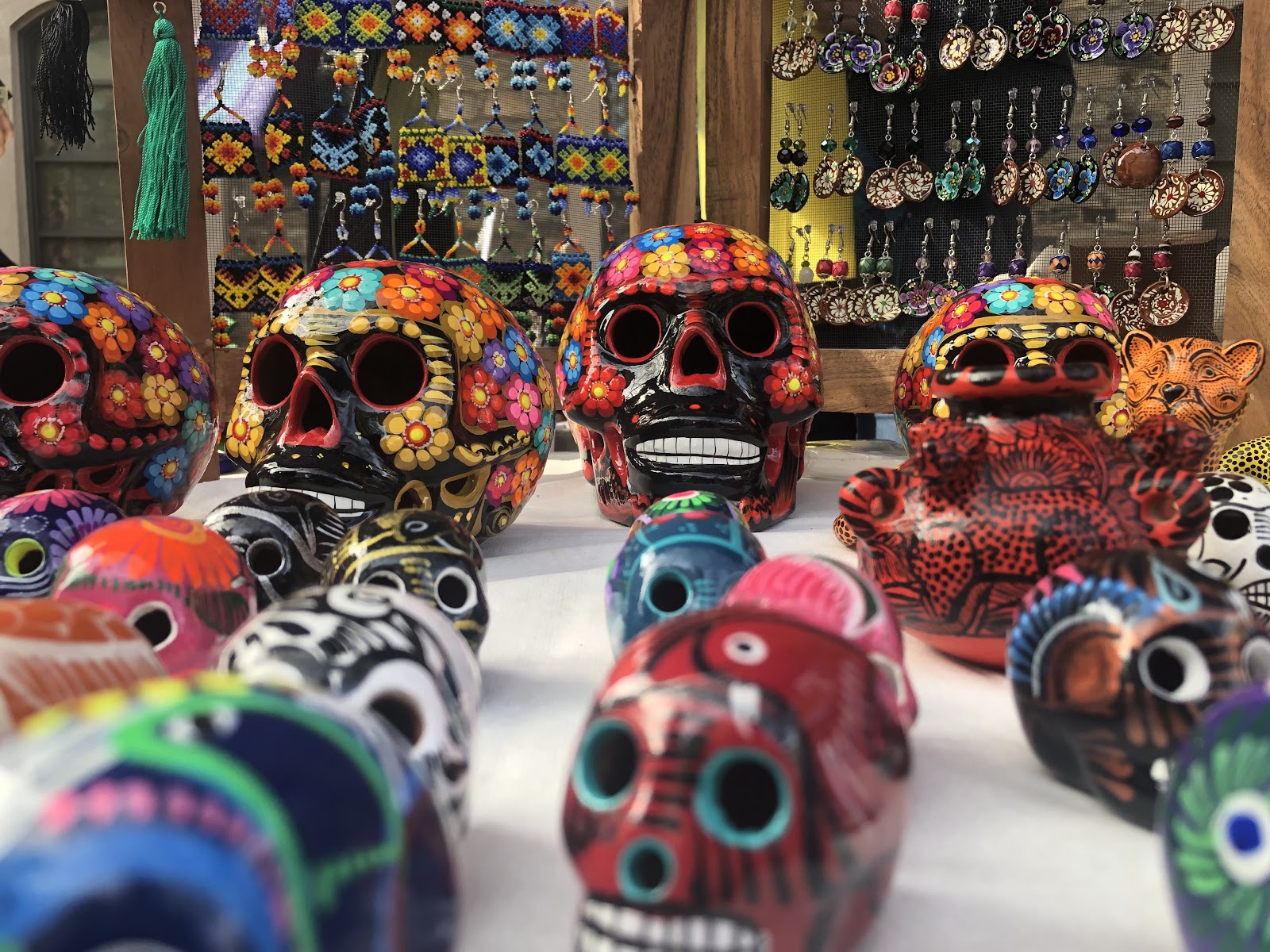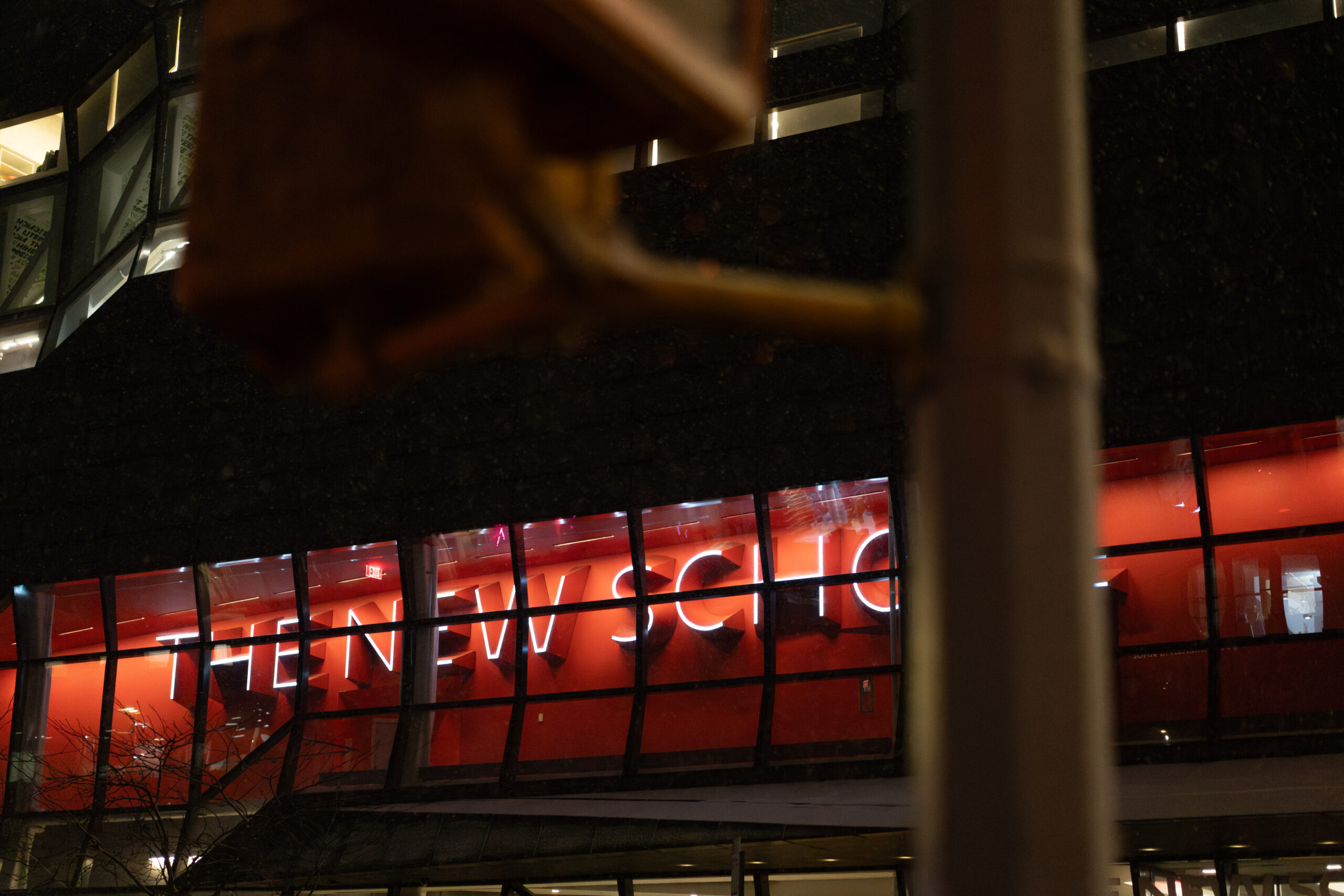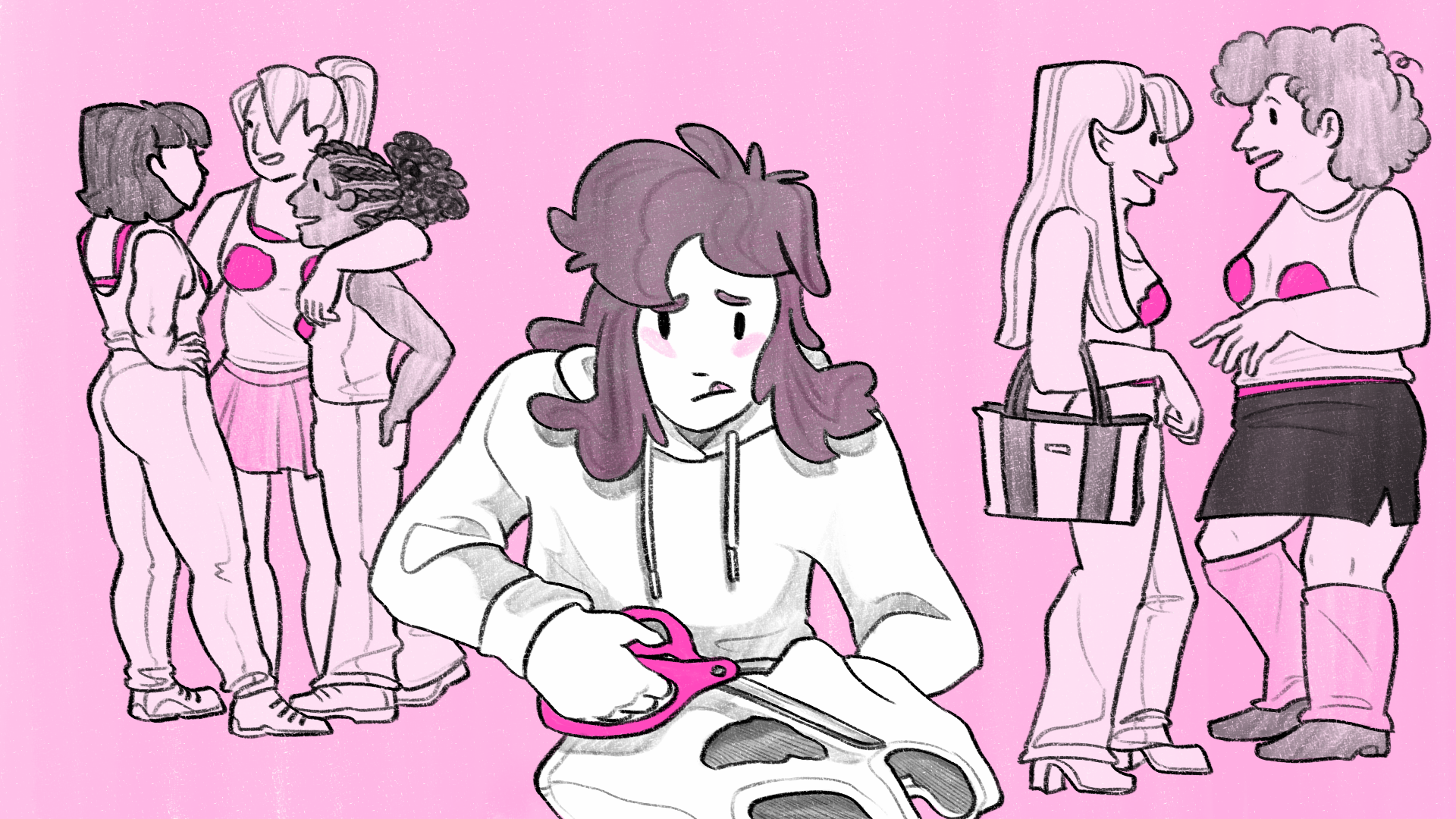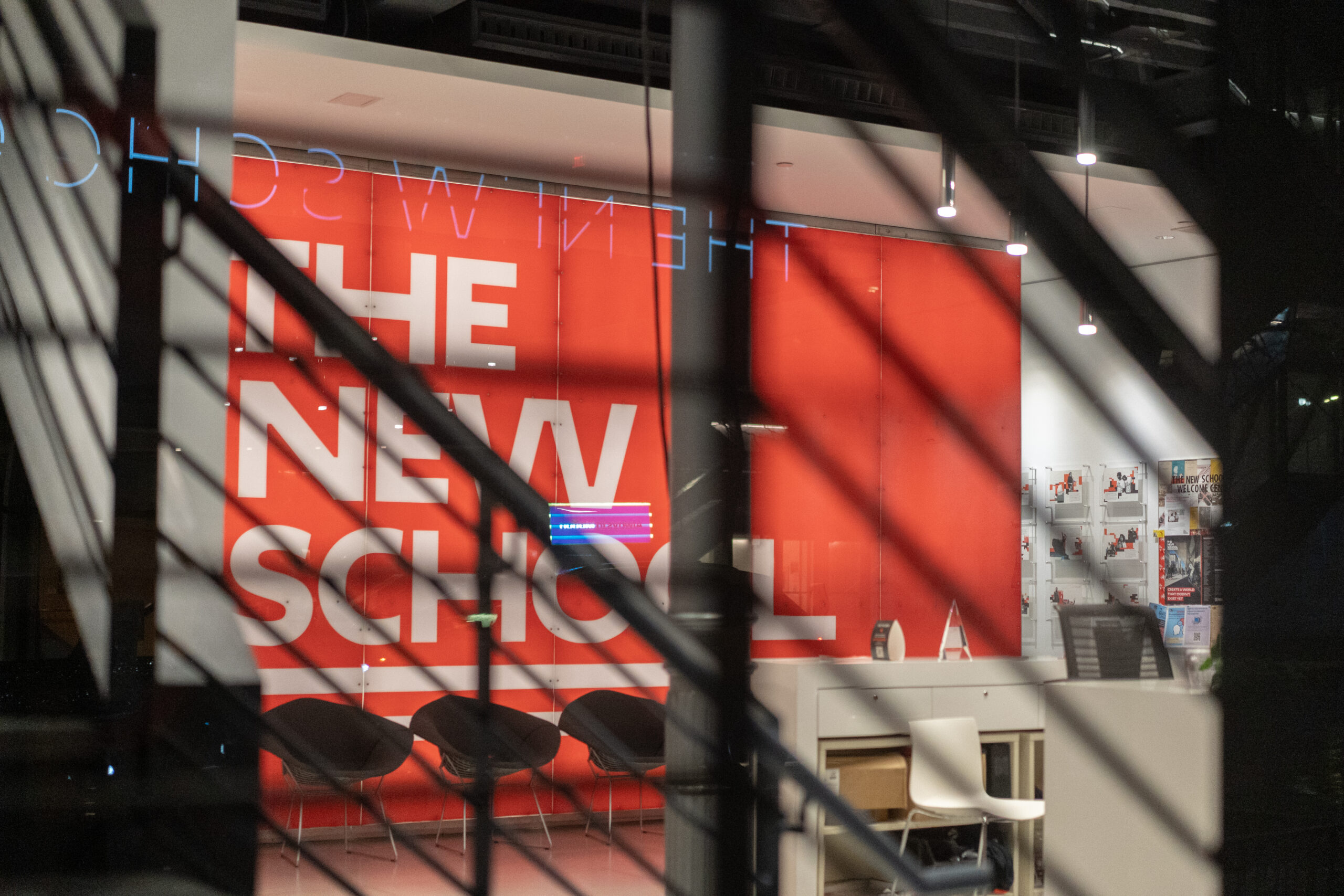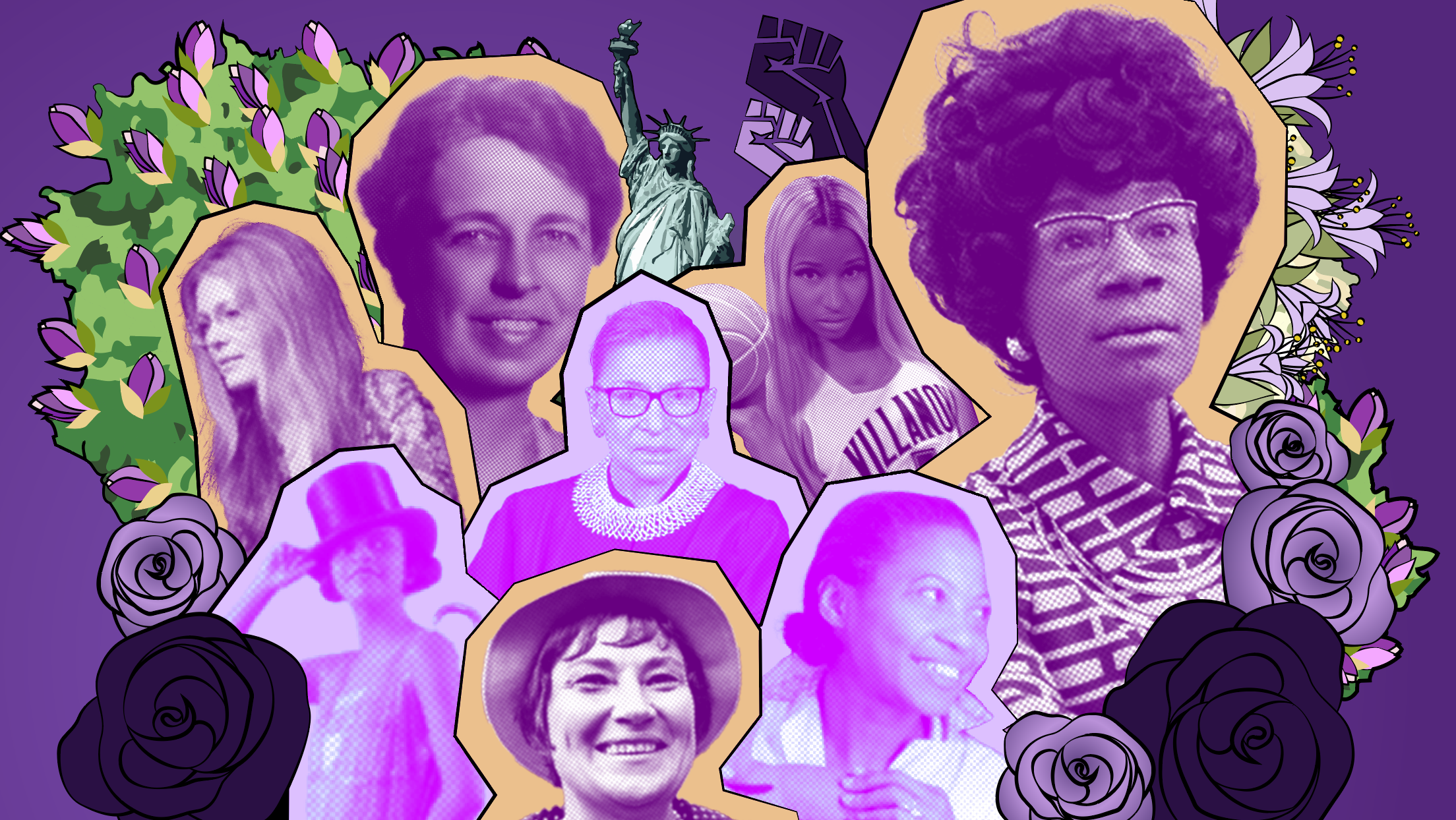Day of the Dead is a traditional Mexican holiday in which family and friends come together to remember those who have passed away. “I remember going to my grandmother’s home and seeing the ofrenda with my grandfather’s picture up,” said Giselle Morales, a Lang first-year student. “There were also parades happening around Mexico City.”
The holiday takes place on Nov. 2 and is a day of celebration of life, rather than grief. Traditions include creating an altar, or “ofrenda” that people place photos of their loved ones that have passed on in order to remember them even after death. Along with pictures, foods and objects related to those being remembered are also placed on the altar. Decorations such as sugar skulls, papel picado, pan de muerto, and Mexican marigolds, or cempasúchils, are also placed on the altar to honor the dead.
For the past 16 years the New York-based non-profit organization, Mano a Mano: Mexican Culture Without Borders, has hosted a Day of the Dead celebration in the East Yard of St. Mark’s in-the-Bowery. “People who come here obviously learn about Mexican culture, but they also have a space to mourn their family members who have died recently, or to remember those who have died a long time ago. So, we ask people if they are comfortable to place pictures on the altar of their family members and many of them do,” said Juan Aguirre, the director of Mano a Mano.
The celebration took place from Oct. 25 to 27 and was free and open to the public. New School students were in attendance at the event. “I’m in conversational Spanish and my teacher, Señora Irma Romero, brought her classes from other schools as well as The New School, so that we could experience this celebration somewhere close to us and to get a feel for the culture,” said Kennedy Whitaker, an undeclared first year at Lang.
Señora Romero also teaches Spanish at St. John’s University, Marymount University, and John Jay College. “Day of the Dead is a very important day in Mexican culture. I want to share my culture with my students, I’m a Spanish professor so I want to bring together my students and my culture,” said Romero. Sharing the culture is part of the holiday, but also spreading an understanding of the traditions is equally essential.
“There are two reasons for the purpose of the event: the first one is to honor our family members who have died, that’s the number one. Everything else is secondary. The other reason is to teach people about the holiday and about the way we celebrate the people who have died,” Aguirre said. The purpose of the Mano a Mano event is to preserve Mexican culture in New York City and make it a visible part of the community.
When the event was first beginning, Mano a Mano only had the altar available as a way to participate in the holiday. However, Mano a Mano every year has added events by hosting workshops and having vendors that sell traditional Mexican items. “Now we have entertainment, traditional music, and a market of Mexican folk art. The music is related to the holiday and everything here is handmade mostly in Mexico. They come from different cultures within Mexico; Mexico is a very diverse country,” said Aguirre.

